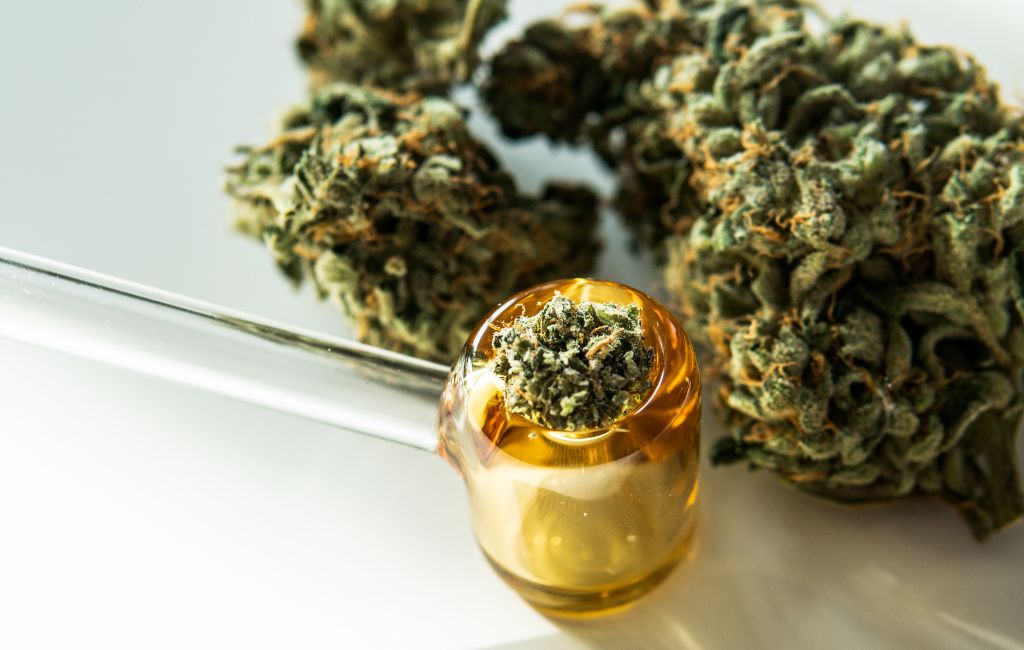The world of cannabis is vast and varied, with numerous strains offering unique experiences and benefits. Among these, the THCa Hawaiian Haze Flower stands out for its distinct characteristics and potential advantages. This article delves into the intricacies of this particular strain, exploring its origins, benefits, and the path it takes from cultivation to consumption.
Origins of Hawaiian Haze
Hawaiian Haze is a sativa-dominant hybrid that has gained popularity for its uplifting effects and tropical aroma. The strain is believed to be a cross between Hawaiian and Haze genetics, combining the best of both worlds. Hawaiian strains are known for their fruity flavors and energizing effects, while Haze varieties are celebrated for their cerebral high and spicy undertones.
The cultivation of Hawaiian Haze typically occurs in regions with a warm climate, which mirrors its tropical origins. This environment allows the plant to thrive, producing buds that are rich in THCa, a non-psychoactive cannabinoid that converts to THC when heated.
Understanding THCa and Its Benefits
THCa, or tetrahydrocannabinolic acid, is a precursor to THC, the compound responsible for the psychoactive effects of cannabis. Unlike THC, THCa does not produce a high when consumed in its raw form. Instead, it offers a range of potential health benefits, making it an attractive option for those seeking therapeutic effects without intoxication.
- Anti-inflammatory properties: THCa has been studied for its potential to reduce inflammation, which could benefit individuals with conditions like arthritis.
- Neuroprotective effects: Research suggests that THCa may help protect brain cells, offering potential benefits for neurodegenerative diseases.
- Anti-emetic properties: THCa may help alleviate nausea and vomiting, making it useful for patients undergoing chemotherapy.
The Cultivation Process
The journey of Hawaiian Haze from seed to flower involves several stages, each requiring careful attention to detail. Cultivators must consider factors such as soil quality, light exposure, and humidity levels to ensure optimal growth.
During the vegetative stage, the plant focuses on developing strong roots and foliage. This phase is crucial for establishing a healthy foundation. As the plant transitions to the flowering stage, it begins to produce buds rich in cannabinoids and terpenes, which contribute to the strain’s unique aroma and effects.
Harvesting and Processing
Once the plants reach maturity, they are harvested and processed to preserve their cannabinoid content. The timing of the harvest is critical, as it affects the potency and flavor profile of the final product. After harvesting, the buds undergo a drying and curing process, which enhances their aroma and potency.
During processing, THCa is preserved in its raw form, allowing consumers to experience its benefits without psychoactive effects. This is particularly appealing for those interested in the therapeutic potential of cannabis without the high.
Consumption Methods
There are various ways to consume Hawaiian Haze, each offering a different experience. Some popular methods include:
- Raw consumption: Consuming raw cannabis leaves or flowers allows individuals to benefit from THCa without converting it to THC.
- Juicing: Fresh cannabis leaves can be juiced to create a nutrient-rich beverage that retains THCa.
- Tinctures: Alcohol-based extracts can be used to create tinctures that preserve THCa for sublingual administration.
Case Studies and Research
Several studies have explored the potential benefits of THCa, providing insights into its therapeutic applications. For instance, a study published in the British Journal of Pharmacology highlighted THCa’s anti-inflammatory properties, suggesting its potential for treating inflammatory conditions.
Another research article in the Journal of Neuroimmune Pharmacology examined THCa’s neuroprotective effects, indicating its promise for neurodegenerative diseases. These findings underscore the growing interest in THCa as a non-psychoactive alternative to traditional cannabis products.
Market Trends and Consumer Preferences
The cannabis market has seen a surge in demand for products rich in THCa, driven by consumers seeking non-psychoactive options. This trend is reflected in the increasing availability of THCa-focused products, such as tinctures, capsules, and topicals.
Consumer preferences are shifting towards strains like Hawaiian Haze, which offer a balance of therapeutic benefits and enjoyable flavors. This shift is supported by a growing body of research highlighting the potential advantages of THCa.
Conclusion
The THCa Hawaiian Haze Flower represents a fascinating intersection of tradition and innovation in the cannabis industry. Its unique blend of genetics, combined with the potential benefits of THCa, makes it a compelling choice for consumers seeking therapeutic effects without psychoactive experiences. As research continues to uncover the full range of THCa’s benefits, Hawaiian Haze is poised to remain a popular and valuable strain in the ever-evolving cannabis landscape.
